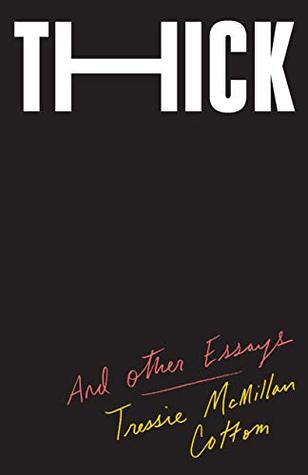More on this book
Community
Kindle Notes & Highlights
Being too much of one thing and not enough of another had been a recurring theme in my life.
As women, black women face challenges of appealing to rationality in public discourse because our culture has decided that women are irrational and emotional. Logic and reason are beyond our biological and cultural programming.
That is because beauty isn’t actually what you look like; beauty is the preferences that reproduce the existing social order.
As long as the beautiful people are white, what is beautiful at any given time can be renegotiated without redistributing capital from white to nonwhite people.
You cannot separate what it means to be a “woman,” often used to mean a performance of acceptable femininity, from the conditions that decide what is and is not acceptable across time and space.
Beauty has it all. It can be political, economic, external, individualized, generalizing, exclusionary, and perhaps best of all a story that can be told.
They say that beauty is in the eye of the beholder and that ugly is as ugly does. Both are lies. Ugly is everything done to you in the name of beauty. Knowing the difference is part of getting free.
Respectability rewards are a crapshoot, but we do what we can within the limits of the constraints imposed by a complex set of structural and social interactions designed to limit access to status, wealth, and power.
There is empirical evidence that women and people of color are judged by their appearances differently and more harshly than are white men.
Women have found it nearly impossible to meet the burden of proof. But what if you have proof of violence on your body but the protocols for seeing them systematically erase them?


